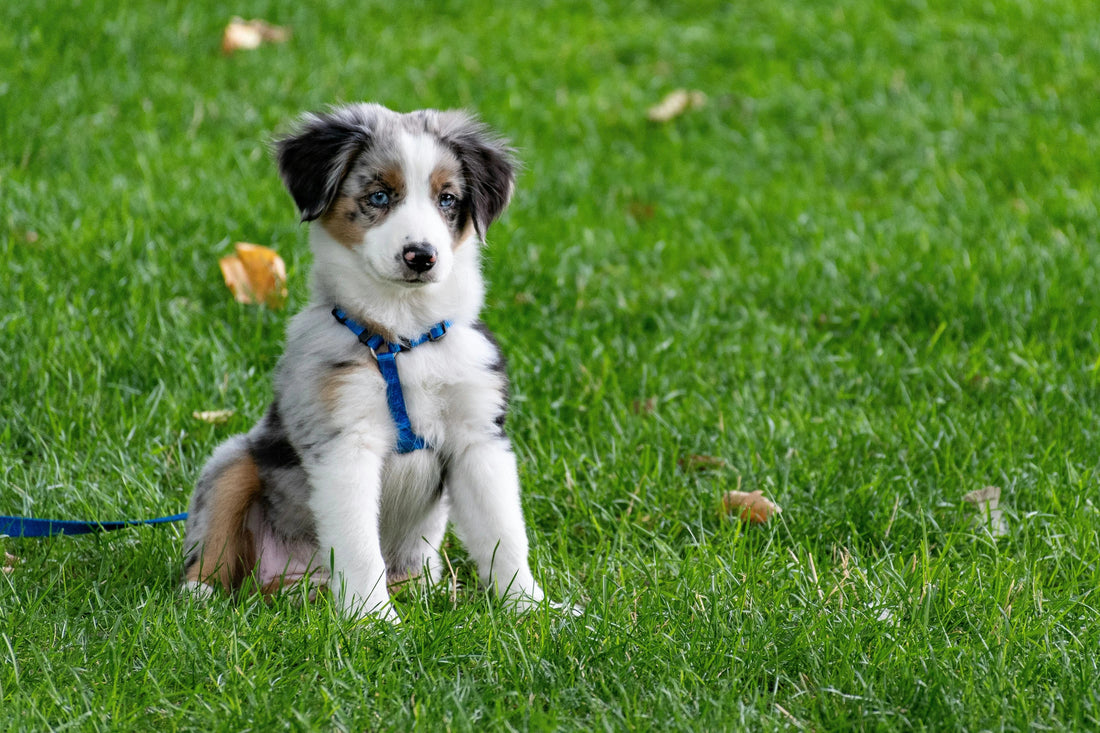Even the best harness can backfire if introduced poorly. Rushing the process can leave your dog anxious, suspicious, or downright resistant. In this post, you will learn step by step how to make new gear a positive, trust building experience.
Why the Introduction Matters
Dogs are sensitive to new experiences. For some, slipping on a collar or harness is no big deal. For others, especially rescue dogs or puppies still learning, it can trigger stress. Many leash walking problems start not because of the tool itself, but because of how it was introduced. If your dog feels forced or scared, they may associate the gear with discomfort instead of safety.
The good news is that with patience, you can teach your dog that their collar or harness means connection, calm, and adventure ahead.
Common Signs of Gear Anxiety
Before we dive into solutions, here are a few red flags that your dog is not fully comfortable with their gear:
- Backing away when you bring out the collar or harness
- Lip licking, yawning, or stiff body posture
- Rolling on the ground or pawing at the gear once it is on
- Refusing to move forward on walks
These behaviors are not stubbornness. They are communication. Your dog is saying, “I do not feel safe in this yet.”
Step-by-Step: How to Get Your Dog Used to a New Collar or Harness
- Let them investigate first. Place the gear on the floor. Let your dog sniff it without pressure. Reward with a treat or calm praise.
- Pair it with positives. Every time the collar or harness comes out, connect it to something your dog enjoys: meals, play, or going outside.
- Practice touch before wearing. Gently touch the harness to their body without fastening. Reward for staying calm.
- Short trial sessions. Put it on for just a minute indoors. Keep it relaxed. Remove it before your dog grows uncomfortable.
- Build gradually. Increase the time little by little. Transition from indoors to the yard, then to short walks.
- Stay calm yourself. Dogs mirror your energy. If you are patient and positive, they will relax more easily.

Why a No-Pull Harness Is Worth the Effort
For sensitive dogs, the no pull harness is one of the safest, most effective tools once they are comfortable. It redirects pulling gently without choking, giving you control without fear. Unlike harsh collars, it communicates guidance instead of punishment. This makes it especially helpful for dogs with gear induced anxiety, once introduced properly, the harness becomes a signal of safety, not stress.
Tips for Rescue Dogs and Puppies
Some dogs need extra patience. Here is how to tailor the process:
- Rescue dogs: Move slowly, especially if they have a history of harsh gear. Use silent buckles if possible.
- Puppies: Keep sessions short and playful. Puppies tire easily and need repetition over time.
- Shy or fearful dogs: Celebrate micro-wins. If your dog lets you touch the harness to their shoulder, that is progress worth rewarding.
Troubleshooting Setbacks
If your dog resists even after slow introduction, go back a step. Remove pressure and focus on rebuilding trust. Do not force it. Forcing only reinforces fear. Consistency and patience will get you further than pushing for fast results.
Introducing a collar or harness gently is not just about avoiding a struggle. It is about building trust. By going at your dog’s pace, you teach them that you are safe to follow, and their gear is nothing to fear. That foundation makes every walk smoother, every cue easier, and your bond stronger.
The next time you wonder how to get a dog used to a new collar, remember this: trust first, gear second. When your dog feels safe, training naturally follows.

